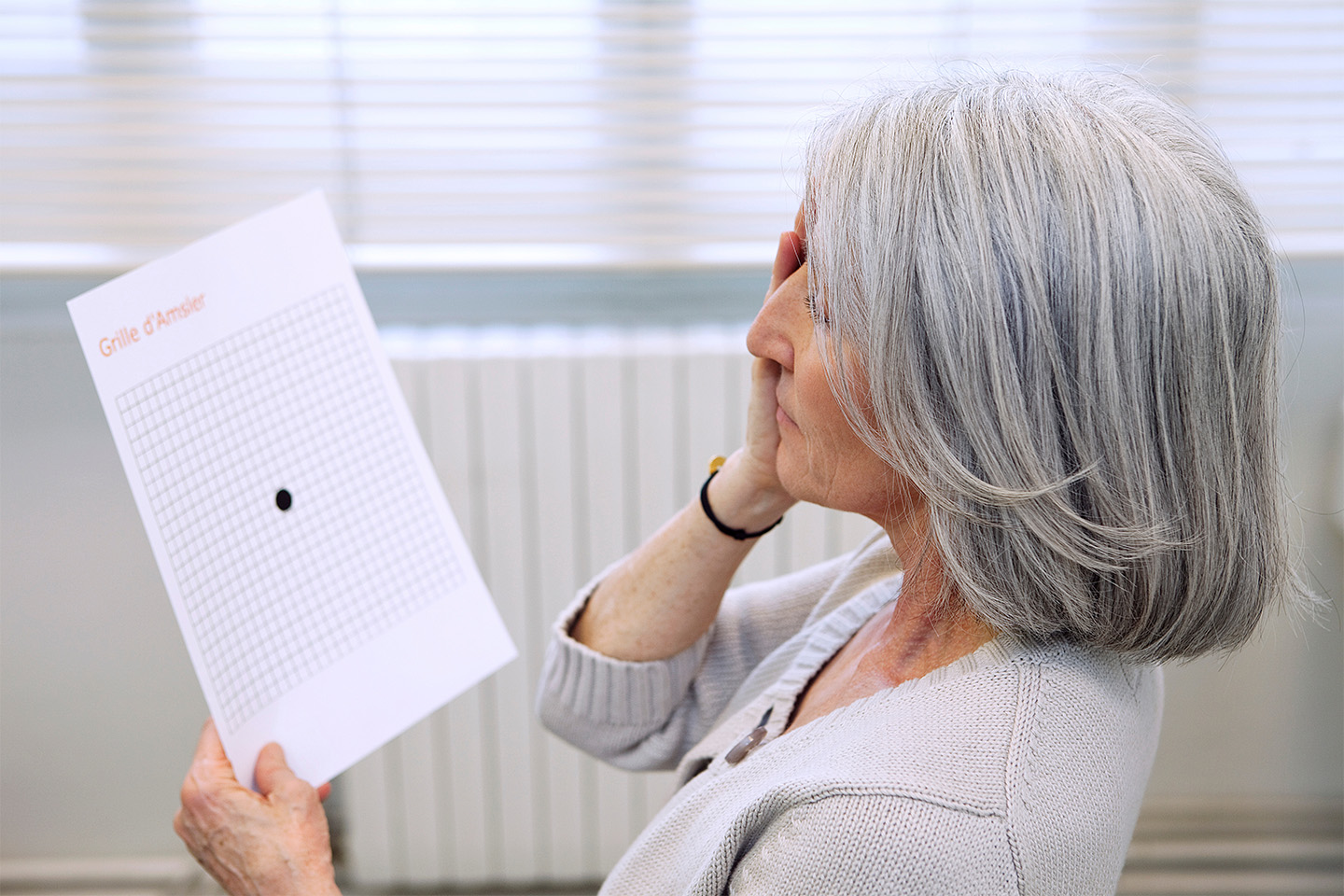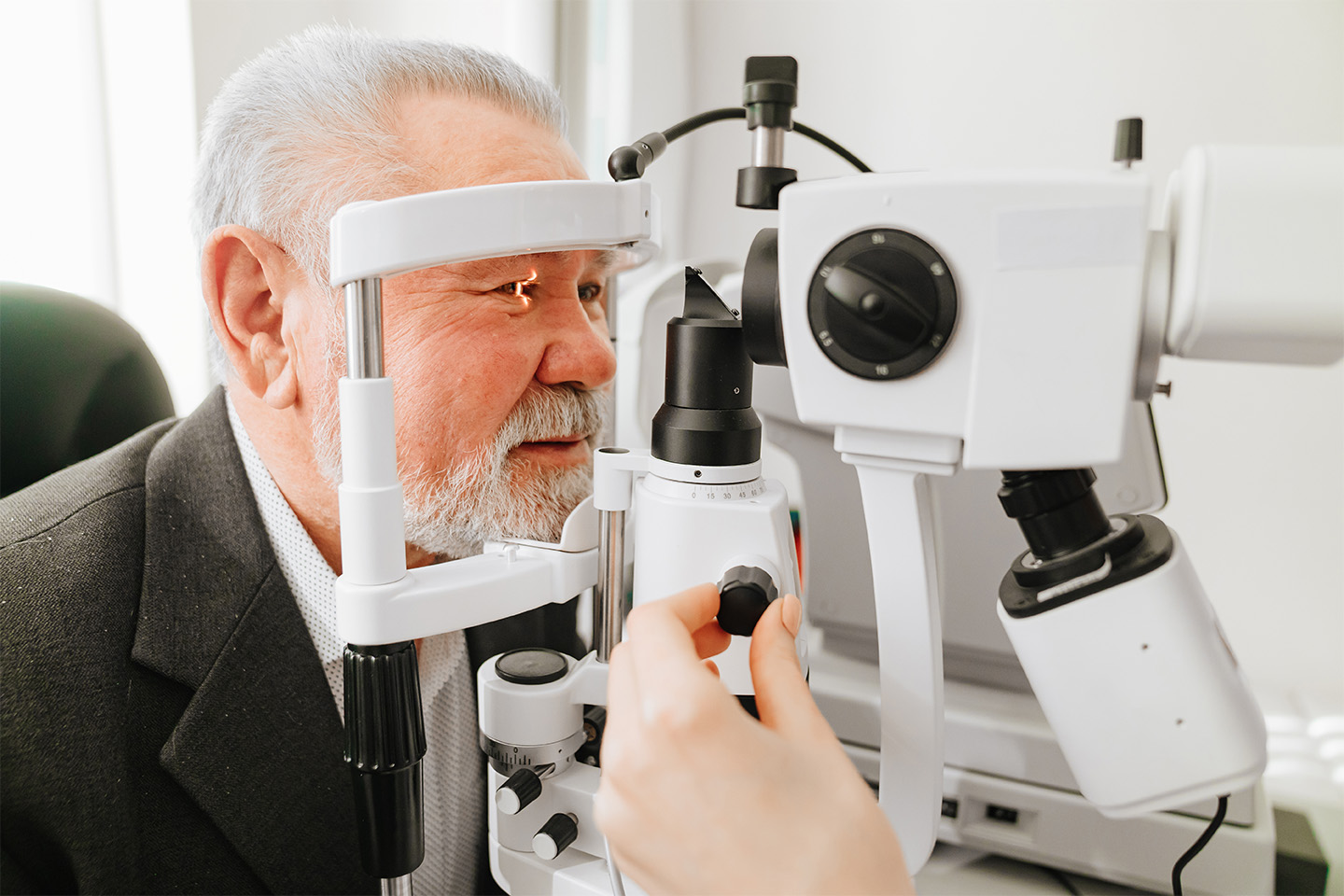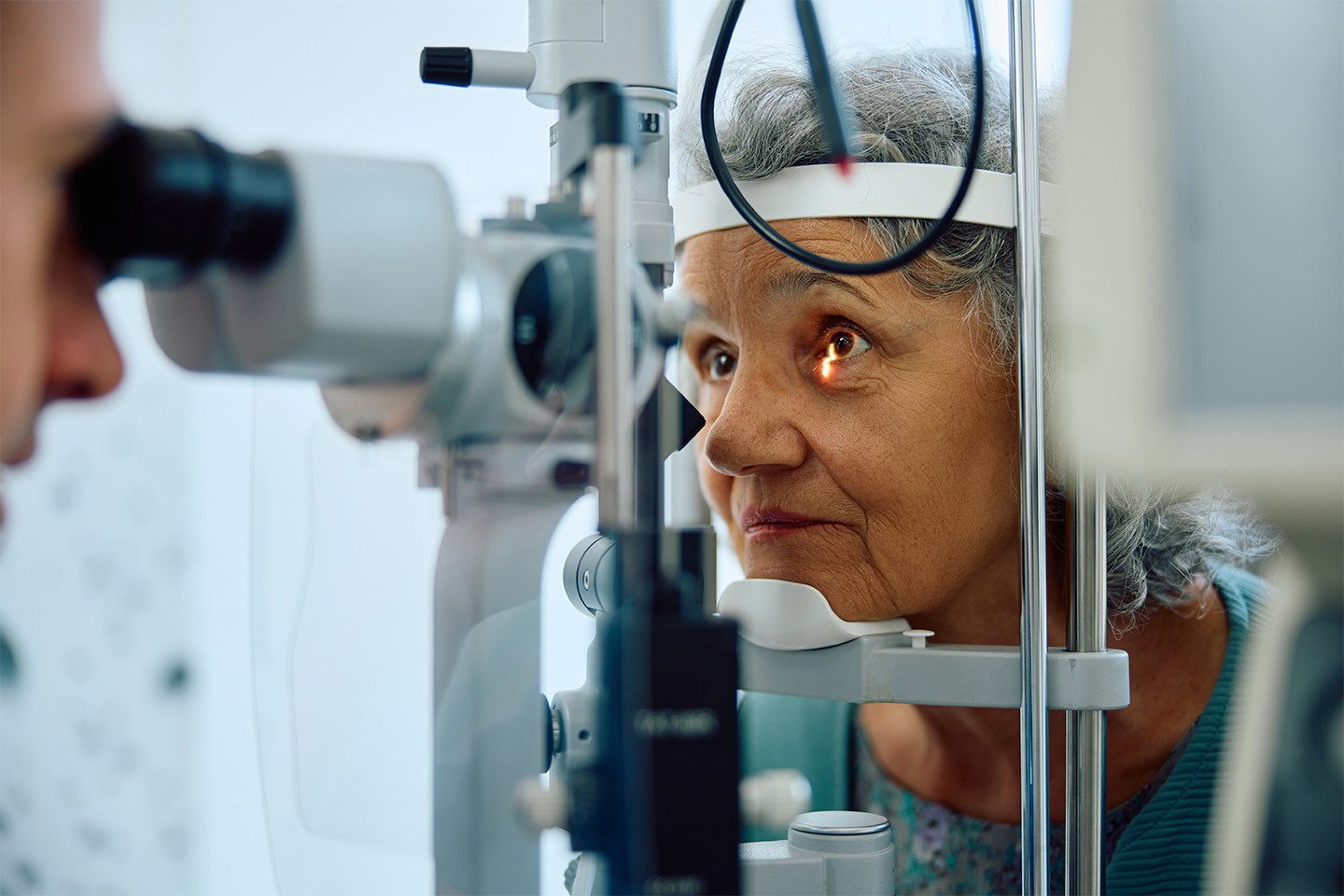Early Warning Signs of Diabetic Retinopathy

Did you know that 80% of blindness is preventable? Early detection and treatment can prevent vision loss in some of the most serious eye conditions, including diabetic retinopathy.
Continue reading to learn the early warning signs of diabetic retinopathy and when you should make a trip to see your eye doctor.
What is Diabetic Retinopathy?
Diabetic retinopathy is one of several diabetic eye diseases. It occurs when high blood sugar damages the small blood vessels in the retina. The early stage of this condition is known as non-proliferative diabetic retinopathy (NPDR). It is characterized by weak blood vessels that develop tiny bulges, known as microaneurysms. They then leak into the retina, which can cause swelling of the surrounding structures, resulting in clouded or blurred vision.
In the more advanced stage, known as proliferative diabetic retinopathy, the original blood vessels close, and abnormal vessels grow to supplement blood circulation.
Left untreated, diabetic retinopathy can increase your risk of other visual complications and even result in blindness.
Early Warning Signs of Diabetic Retinopathy
In the earliest stages of diabetic retinopathy, symptoms are typically mild or nonexistent. Many patients will not experience pain or visual changes until significant damage has occurred. Two prevalent symptoms that can signal something is off are floaters and blurred vision.
Floaters look like tiny specks or dark spots in the visual field. They appear due to blood that has leaked out of abnormal vessels.
Blurred vision occurs when the leaked fluid begins to cloud the back of the eye. If the fluid leaks into the macula—the area responsible for central vision, colors, and fine detail—then blurry vision may also result.
As your disease progresses, you may notice other signs of diabetic retinopathy:
- Faded colors
- Vision fluctuations
- Decreased night vision
- Shadows in the visual field
- Double vision
- Eye pain or discomfort
- Difficulty reading
- Sudden vision loss
When to See Your Eye Doctor
As we mentioned, noticeable symptoms typically occur in the more advanced stage. So, the best and only way to catch diabetic retinopathy early is with an eye exam. In fact, regular eye exams can decrease the risk of blindness by 95% in most patients. Advancements in technology may even allow doctors to predict blindness or diabetes-related complications before they occur.
Our eye doctors in the Dallas metro area will conduct a series of tests and exams to spot any changes in your eye structures. They will then begin a treatment plan to stop or slow the progression of your condition to help you preserve your vision. Part of this plan will also involve meeting with your primary care physician to get your diabetes and blood sugar under control.
Eye problems are twice as common in people with diabetes. That’s why the American Optometric Association recommends getting an annual comprehensive eye exam to monitor for new symptoms. You can celebrate Blindness Awareness month by making an appointment with the experts in cataract and LASIK surgery in Dallas at Kleiman Evangelista Eye Centers.









